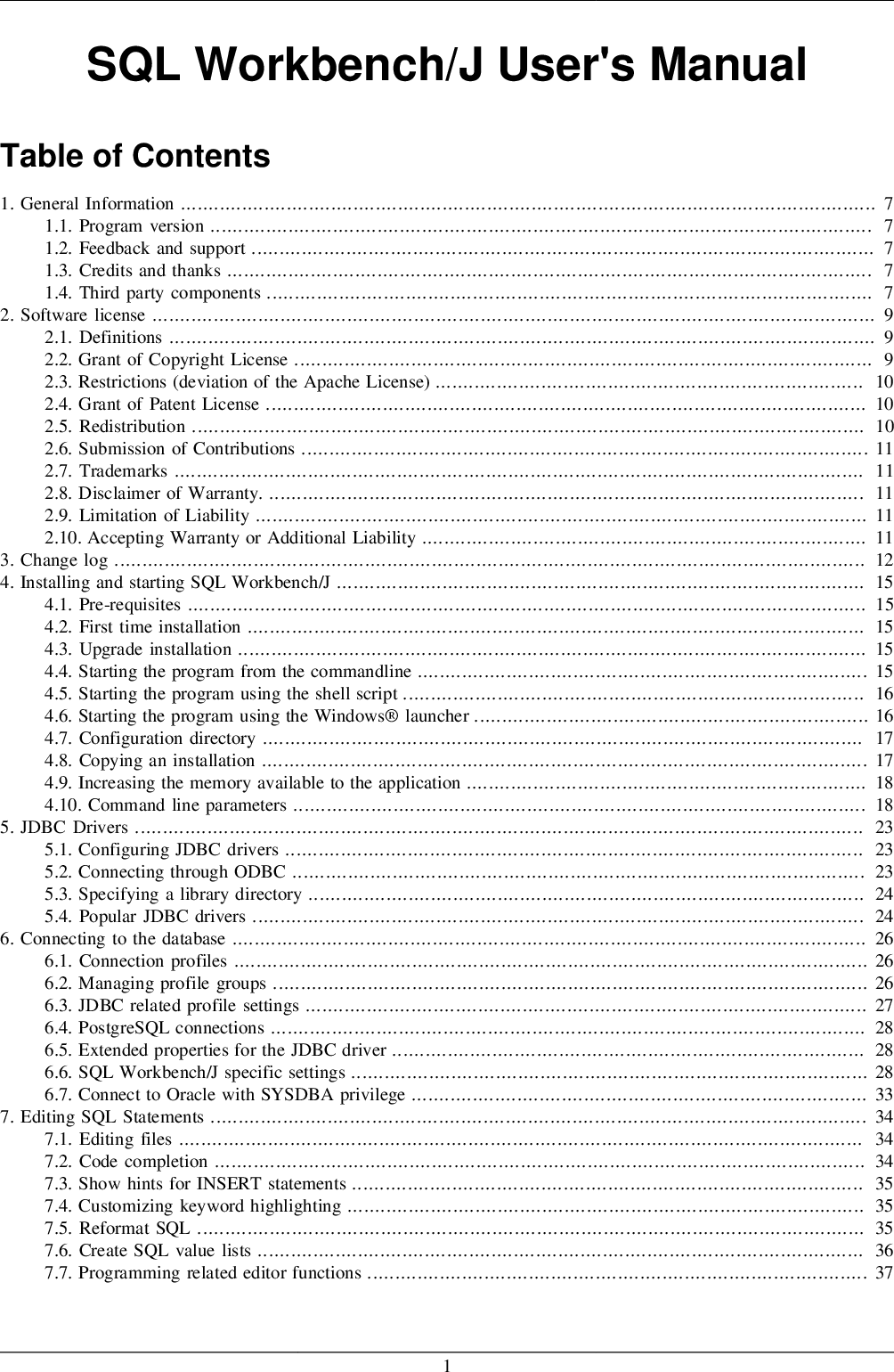Finding information or directories via last time access might output tons of results, which might look confusing if the filenames are similar. So to further slim down the search end result, go along with the -ctime option as an alternative. The -ctime possibility filters the search outcome by the last time you made changes to the file or directory primarily based on a specified worth . Return all recordsdata beneath listing whose names match regexp. The file names are returned in depth-first order, which means that information in some sub-directory are returned before the information in its parent listing. In addition, matching files found in every subdirectory are sorted alphabetically by their basenames. By default, directories whose names match regexp are omitted from the list, but when the optional argument include-directories is non-nil, they're included. Once you have a listing of files which may contain sensitive data, you might wish to move them to a secure location. The Test-Pathcmdlet will examine whether a path is legitimate; it returns a value of true or false. The Pathtype parameter specifies the kind of the ultimate component within the path . Additionally, you'll have the ability to slender your results down using wildcards with the -Filter, -Exclude or -Include parameters as an alternative of specifying a full filename. The find command doesn't simply find information and directories; it could also execute instructions right after displaying search outcomes using the -exec parameter. This characteristic is great for occasions when you need to open a file in a text editor or remove a file or listing as quickly as found, for instance. In all the earlier examples, the Bash find command found information solely from the present working directory and all subdirectories. But possibly you have to begin your search at the mother or father directory as an alternative. The -depth parameter lists files and directories in depth-first order, as proven below. Grep is a Linux / Unix command-line software used to search for a string of characters in a specified file. The text search sample known as an everyday expression. When it finds a match, it prints the line with the result.
The grep command is useful when searching via giant log information. First, the script extracts the list of files from the archive, and evaluates each file one after the next. Second, the only matches are saved in the variable $match. Therefore, the present file is extracted from the compressed archive, and is then piped to fgrep. Fgrep searches the info stream, and indicates a match with a optimistic return value. In case of that the following echo command is executed, and the file name is sent to stdout. Third, the precise match is printed as well, and followed by an empty line. Glob module searches all path names on the lookout for information matching a specified sample in accordance with the rules dictated by the Unix shell. Some necessities need traversal through an inventory of recordsdata at some location, largely having a particular sample. Python's glob module has a number of features that can help in listing files that match a given sample under a specified folder. Instead of discovering information filtered by name and kind, the find command also allows you to find information and directories filtered by permission. In Linux, each file and folder has specified permissions for homeowners, group owners, and different customers. The find command allows you to benefit from those permissions to filter the search end result for files and directories with the -perm choice. This command prints the matches for all recordsdata in the current directory, subdirectories, and the precise path with the filename. In the example below, we additionally added the -w operator to level out whole words, however the output kind is identical. Set MATCH_ALL_INITIAL_DOT to vary this coverage so that wildcards will match all files starting with a dot, together with the special "." and ".." entries. Use the MATCH_INITIAL_DOT keyword instead of MATCH_ALL_INITIAL_DOT for many functions.
Besides locating recordsdata and directories, combining the find command with others lets you take motion on the outcomes. Another new methodology to list the information in a terminal is by using the "find" command. Our first method shall be utilizing the "find" keyword together with the "maxdepth flag keyword throughout the command. The keyword "-maxdepth" along with the number "1" means we might be on the lookout for the recordsdata solely in the current listing. The dot may be replaced by a path to examine files within that directory. A scalar or array variable of string type, containing listing paths within which FILE_SEARCH will carry out recursive looking for information matching the Recur_Pattern argument. FILE_SEARCH examines Dir_Specification, and any directory found beneath it, and returns the paths of any files in those directories that match Recur_Pattern. If Dir_Specification is supplied as an empty string, FILE_SEARCH searches the current directory. The FILE_SEARCH operate returns a string array containing the names of all information matching the enter path specification. Input path specs may comprise wildcard characters, enabling them to match a number of information. In this article, we are going to begin by explaining the essential Linux find commands with examples. This will present you the method to find information and directories. We will then show you how to use the -exec choice to act on the recordsdata or directories based on their size, permissions, and so forth. To use a file in the construct context, the Dockerfile refers back to the file specified in an instruction, for instance, a COPY instruction. To improve the build's efficiency, exclude recordsdata and directories by including a .dockerignore file to the context listing. For information about tips on how to create a .dockerignorefile see the documentation on this page. The run-parts command is generally used for Debian and Ubuntu techniques. This command prints all the matching file names if offered.
So to begin with we will be using this command without giving an absolute path identical as beneath. And the output reveals the names of recordsdata residing in the residence listing of the Linux system. Example 1 displays the way to discover all of the occurrences of the brand name "Mikrotik" written both as "Mikrotik", or "MikroTik". We use grep to go looking through all recordsdata whose name starts with "invoice-2017". The result's a list of file names with the according matches - one per line preceded by the file name. The preliminary Linux discover command pulls up a listing of information in the whole system that end with the characters jpg and have been modified in the preceding 5 days. The subsequent one filters randomuser's residence listing for files with names that end with the characters "conf" and have been modified within the preceding four days. In this tutorial, we are going to explain tips on how to find recordsdata and directories matching specified patterns. We will also see the method to perform actions on the recordsdata or directories that the discover command locates. The guide is based on Ubuntu however is relevant to most Linux distributions and variations.
The above command makes use of vertical bars to pipe the output from dir to the command discover, and then to the command extra. The result's a list of all files and directories within the root listing of the present drive (\), with extra data. Namely, discover additionally shows the number of files in every listing, and the quantity of space occupied by every. The dir command shows information about recordsdata and directories, and how a lot disk area is out there. By default, it shows the name, measurement, and last modification time of every file within the present directory. Unlike the default -print parameter, the -print0 option enables you to clear white spaces or newline characters in a search result returned by the find command. Especially when you're passing the outcome to another command like grep to seek for patterns. The -print parameter is the default conduct if you run the discover command where it prints out the search result of recordsdata, each on a model new line. So operating both of the instructions below to find recordsdata and directories named snap, you'll get the same result. Perhaps you should find some files or directories that match a particular name and sort. The -and operator allows you to combines two or extra expressions and outputs the outcome provided that the find command returns a real value. Expressions are the representations of sure conditions, like when filtering recordsdata by name (-name "snap"). Since there are not any other command line arguments beneath, you'll be able to see the list of information and directories found recursively contained in the snap listing. But this is only supplying you with the list of file names in merged.txt as a end result of it is really ./c.txt\n./b.txt\n./a.txt (\n is the new-line character) being piped to cat. Though cat does attempt to discover a file matching this name, there's obviously none on this listing, and cat has no different alternative but printing the string it receives as it is. Before the docker CLI sends the context to the docker daemon, it appears for a file named .dockerignore within the root listing of the context. If this file exists, the CLI modifies the context to exclude files and directories that match patterns in it. This helps to avoid unnecessarily sending large or sensitive recordsdata and directories to the daemon and probably adding them to pictures utilizing ADD or COPY. The output reveals only the strains with the precise match. If there are any other words or characters in the identical line, the grep doesn't embody it in the search outcomes.
Do not forget to use citation marks whenever there is a house or a symbol in a search pattern. The command can comprise many choices, pattern variations, and file names. Combine as many options as necessary to get the outcomes you need. Below are the commonest grep instructions with examples. Another method of listing files is by utilizing the "-ls" flag together with the same old command. This time "-ls" command had been used to list all of the privileges and additional data regarding the information along with their names. By executing the under command you'll get the list of information together with the information about their house owners, groups, the date on which they're created, and many more. This simplifies the decision, and returns an inventory of files with matches, irrespective of what number of matches exist for every file. With the assistance of this you can see if there are matches in any respect, and if that's the case, during which recordsdata. The name grep is a combination of the preliminary letters of the four words "global / common expression / print". This is similar to formulating search patterns in the stream editor sed. Grep is designed to search out in accordance patterns in complete knowledge streams . Given patterns are interpreted as textual content or Regular Expressions . On case-insensitive filesystems, the regular expression matching is case-insensitive. The curly braces () are a placeholder for these outcomes matched by the Linux find command. The go inside single quotes (') in order that grep isn't given a misshapen file name. The -exec command is ended with a semicolon (;), which additionally needs an escape (\;) so that it doesn't find yourself being interpreted by the shell. To keep security and compliance, IT professionals must regularly seek for files that may include delicate information and which are saved in improper areas. One method is to seek out information manually using Windows Explorer.
However, this method takes a lot of time, so it's useful primarily when you should verify whether or not a single file exists. If you have to search for a set of delicate files, you would possibly wish to automate the method with Microsoft PowerShell scripts to avoid wasting time. Sometimes, utilizing the --type (or -t for short) possibility might not give you enough control over which information to include within the search. In these instances, you can use the --glob (or -g for short) possibility. Ripgrep will only search files whose paths match the specified glob. For instance, ripgrep respects .gitignore information and skips matching files and directories by default. It also ignores binary files, skips hidden information and directories, and doesn't follow symbolic hyperlinks. The SunOS command line is used to govern recordsdata and directories. You kind within the file and listing names in conjunction with SunOS instructions to hold out particular operations. This is different than utilizing the OpenWindows File Manager, where recordsdata are displayed as icons that can be clicked on and moved, and commands are selected from menus. The -v option to grep inverts sample matching, so that only lines which don't match the sample are printed. Given that, which of the next commands will find all .dat files in creaturesexcept unicorn.dat? Once you have thought about your reply, you'll find a way to take a look at the commands in theshell-lesson-data/exercise-data directory.
Instead of simply displaying file paths in the search outcome, perhaps you want to see their properties as properly. Using the -print action, you possibly can modify the output the discover command produces. Although Grep isn't for immediately looking information in your system, as an alternative it's used to look text. However, you can use it to show the names of files that contain the particular string of characters that matches your search query. To seek for a string, you should enclose it in double quotes. In order for this to work, the environment variable LS_COLORS needs to be set. Typically, the value of this variable is set by the dircolors command which provides a handy configuration format to define colors for different file formats. On most distributions, LS_COLORS should be set already. If you are on Windows or in case you are looking for different, extra full variants, see here,here orhere. Docker can construct pictures automatically by reading the directions from aDockerfile. A Dockerfile is a textual content document that incorporates all of the instructions a consumer may name on the command line to assemble a picture. Using docker buildusers can create an automatic build that executes a quantity of command-line directions in succession.
GNU grep -E makes an attempt to assist traditional usage by assuming that isn't particular if it would be the beginning of an invalid interval specification. For example, the command grep -E '1' searches for the two-character string 1 as an alternative of reporting a syntax error within the common expression. POSIX.2 allows this conduct as an extension, however transportable scripts should keep away from it. As grep instructions are case sensitive, some of the useful operators for grep searches is -i. Instead of printing lowercase outcomes only, the terminal shows each uppercase and lowercase results. Let's substitute the dot with a listing path to look for some recordsdata in the folder "Documents". Now, we will use the identical command with a little alteration. We will be utilizing the kind "d" flag in it to fetch all forms of files besides directories. The exclamation mark is used for the "not" directories kind. Execute the below command within the terminal shell to list information together with their paths.
This is just like directory-files in deciding which recordsdata to report on and tips on how to report their names. However, as a substitute of returning a list of file names, it returns for each file a listing (filename . attributes), where attributesis what file-attributes returns for that file. The optionally available argument id-format has the identical that means because the corresponding argument to file-attributes (see Definition of file-attributes). The default is to do such expansions beneath UNIX, and not to do them under Microsoft Windows. The EXPAND_ENVIRONMENT keyword is used to vary this conduct. Set it to a non-zero worth to cause FILE_SEARCH to carry out surroundings variable enlargement on all platforms. The Linux discover command is a powerful device that permits system administrators to find and handle recordsdata and directories primarily based on a extensive range of search criteria. It can find directories and recordsdata by their name, their type, or extension, size, permissions, and so forth. You can as well negate a set of characters using the ! Type in a partial filename, information and folders matching your partial filename search shall be instantly displayed within the result list. Recursively lists all recordsdata and directories in the present directory and any subdirectories, in broad format, pausing after each display of output. This can seem ineffective at first but find has many options to filter the output and in this lesson we are going to discover some of them. The discover command doesn't simply allow you to find recordsdata as you've realized so far. The find command additionally provides you an option to delete a file mechanically as quickly as it's found. Perhaps you should delete empty files or directories with a selected name or matching a selected sample. Then the find command with the -delete action will definitely come in handy. Let's say you want to discover information primarily based on the minute.





































